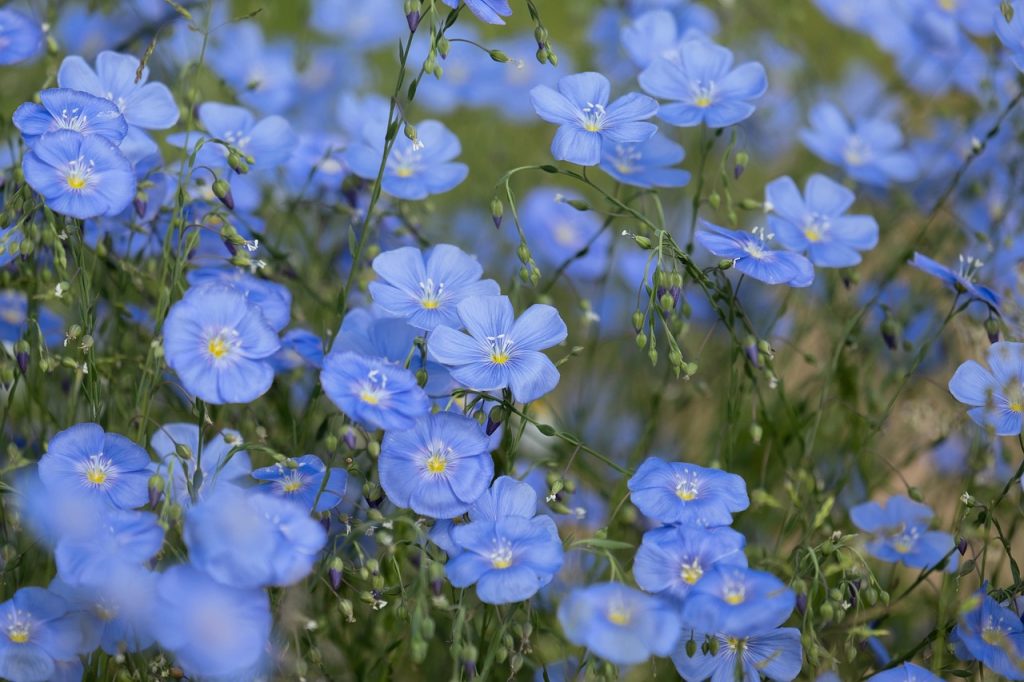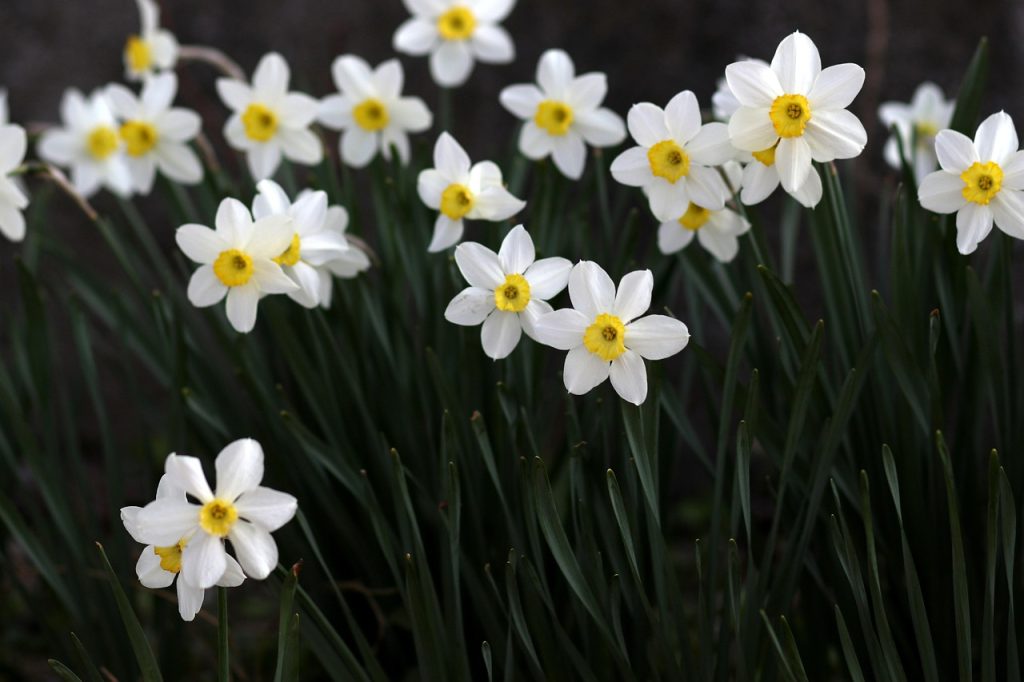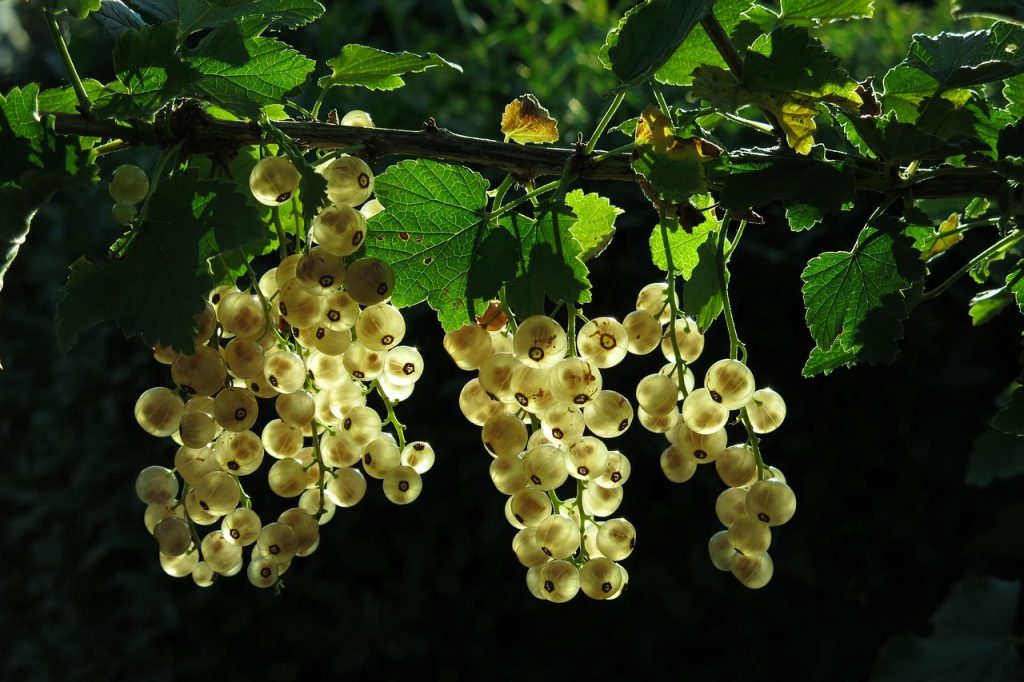When it comes to building a long-lasting, vibrant garden, perennial plants are the true stars. Unlike annuals that bloom once and fade, perennials return year after year—stronger, fuller, and more colorful with every growing season.
In this comprehensive guide, you’ll learn what perennial plants are, their meaning, examples, and the best varieties for sun, shade, and even pest control. Whether you’re a beginner or a seasoned gardener, perennial plants are the foundation of a thriving garden that keeps on giving.

What Are Perennial Plants?
To put it simply, perennial plants are those that live for more than two years. Unlike annuals (which complete their life cycle in a single season) or biennials (which take two years), perennials grow back from their roots every spring—even after freezing winters or scorching summers.
Perennial plants meaning:
The term “perennial” comes from Latin perennis, meaning “through the years.” These plants keep returning from their root system, saving gardeners time, effort, and money each season.
Key Characteristics
- Lifespan: Live for several years, often decades.
- Growth Cycle: Die back in winter, regrow in spring.
- Root System: Strong and well-developed, helping them survive harsh conditions.
- Variety: Includes flowers, herbs, grasses, and shrubs.
Perennial are the backbone of most gardens, providing consistent color, structure, and texture without the need for replanting every year.
10 Examples of Perennial Plants
Here are some popular and easy-to-grow examples of perennial plants that thrive in a variety of climates:
| Perennial Plant | Description | Sun/ Shade Preference |
|---|---|---|
| Lavender | Fragrant herb with purple blooms and drought tolerance | Full Sun |
| Hosta | Shade-loving foliage plant with lush green leaves | Shade |
| Daylily | Hardy plant with bright trumpet-shaped flowers | Full Sun |
| Echinacea (Coneflower) | Medicinal flower that attracts pollinators | Full Sun |
| Peony | Long-living flower with large, fragrant blooms | Full Sun |
| Black-eyed Susan | Golden-yellow daisy-like blooms | Full Sun |
| Astilbe | Feather-like flowers ideal for shaded gardens | Shade |
| Sedum (Stonecrop) | Succulent perennial perfect for dry areas | Full Sun |
| Salvia | Aromatic plant that attracts bees and hummingbirds | Full Sun |
| Hosta Lily | Classic shade perennial with large decorative leaves | Shade |
Perennial Plants for Sale: What to Look For
When buying perennial plants for sale, choose healthy, well-rooted specimens from reputable nurseries or online garden centers. Look for:
- Green, vibrant leaves without discoloration
- Moist (not soggy) soil in containers
- Visible root structure without rot
- Labels indicating hardiness zone and sunlight preference
Pro Tip: Fall and early spring are the best times to plant perennials since roots establish better in cooler soil.

Best Perennial Plants for Full Sun
If your garden receives at least 6 hours of direct sunlight daily, go for these perennial plants full sun varieties that love the warmth:
- Lavender – Aromatic, low-maintenance, and drought-tolerant.
- Shasta Daisy – Classic white blooms with yellow centers.
- Yarrow – Hardy and known for its feathery foliage.
- Sedum (Autumn Joy) – Adds texture and thrives in dry conditions.
- Russian Sage – Silvery foliage with delicate purple blooms.
These sun-loving perennials will fill your garden with lasting color all summer long.
Best Perennial Plants for Shade
For gardens or spaces that get limited sunlight, these perennial plants for shade will flourish beautifully:
- Hosta – Perfect for moist, shaded areas.
- Astilbe – Adds elegance with its soft, feathery plumes.
- Ferns – Create a lush, forest-like texture.
- Heuchera (Coral Bells) – Bright foliage with pink and purple tones.
- Bleeding Heart – Romantic heart-shaped flowers in spring.
These perennials thrive where most plants struggle, bringing life to dim corners and under trees.
Perennial Plants That Repel Mosquitoes
Want a garden that’s both beautiful and functional? Try these perennial plants that repel mosquitoes naturally:
- Lavender: The strong scent drives mosquitoes away while soothing you.
- Lemongrass: Contains citronella oil—nature’s mosquito repellent.
- Catnip: More effective than DEET according to some studies.
- Mint: The aroma repels bugs, but plant it in a container—it spreads quickly.
- Sage: Burn dried sage leaves outdoors to keep pests at bay.
These plants not only beautify your space but also make summer evenings more enjoyable.
How to Care for Perennial Plants
1. Planting Time
- Best planted in spring or fall when temperatures are moderate.
- Ensure the soil is loose, rich in organic matter, and drains well.
2. Watering
- Newly planted perennials need consistent moisture.
- Once established, most require moderate watering—about once a week.
3. Fertilizing
- Apply a balanced fertilizer in spring to promote growth.
- Avoid excessive nitrogen; it encourages leaves but fewer flowers.
4. Pruning and Deadheading
- Cut back dead stems after flowering.
- Deadheading encourages more blooms and prevents disease.
5. Dividing and Replanting
- Every few years, divide crowded plants to maintain vigor and create new growth.

Perennial Plants Benefits
Why choose perennials for your garden? Here are the top reasons:
- 🌿 Cost-Effective: You plant once and enjoy for years.
- 🌸 Low Maintenance: Requires less attention than annuals.
- 🐝 Eco-Friendly: Attracts pollinators like bees and butterflies.
- 🌾 Soil Protection: Their roots prevent erosion and improve soil structure.
- 🌼 Seasonal Beauty: Offers blooms, foliage, and texture across all seasons.
Perennials are an investment in long-term garden success—beautiful, durable, and sustainable.
Common Problems with Perennial Plants
| Problem | Cause | Solution |
|---|---|---|
| Poor Blooming | Too much shade or nitrogen | Move to sunnier area or adjust fertilizer |
| Root Rot | Overwatering | Improve drainage and reduce watering |
| Leggy Growth | Lack of sunlight | Prune and relocate to brighter spot |
| Pest Infestation | Aphids, snails, or slugs | Use neem oil or organic insecticidal soap |
FAQs
Perennial plants are those that live for several years and bloom repeatedly. Examples include lavender, peony, and hosta.
Most are, but always check the plant’s hardiness zone to ensure it suits your climate.
No, perennials regrow from their roots every spring—no replanting needed.
Yes! Choose compact varieties and ensure proper drainage.
Lavender, mint, lemongrass, sage, and catnip are effective natural repellents.
Final Thoughts
Perennial plants are the true backbone of a sustainable, thriving garden. With their ability to regrow year after year, they offer unmatched beauty, variety, and value. Whether you’re cultivating colorful borders, shaded retreats, or mosquito-free patios, perennials provide endless possibilities for creativity and enjoyment.
So, if you’ve been wondering “what are perennial plants” or which ones to add to your space, start with a few from this guide. Soon, your garden will bloom beautifully—season after season, year after year.